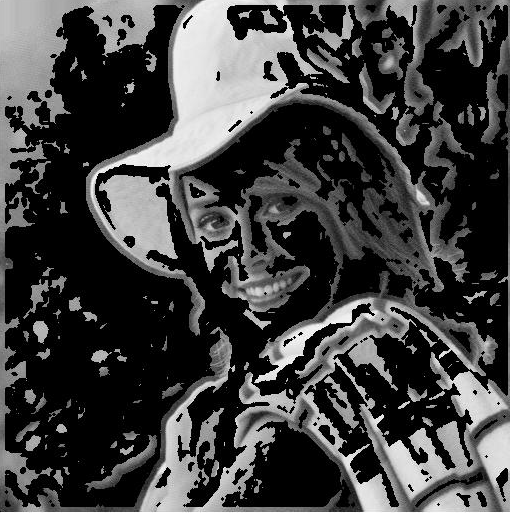In image and video processing, quality assessment is the automatic evaluation of the quality level of a picture or a video sequence. It is desirable in many different applications, such as image and video compression, indexing and enhancement. In this laboratory quality assessment methods are studied for real time video post processing applications. This means that the device performing the quality evaluation is supposed to be at the and of the video processing chain, i.e. in a monitor, and to evaluate the quality of the video signal with a reasonably short delay. Besides this evaluation is done with no reference, since the video signal from which the received version was originated is no longer available.
While there are many different strategies to judge the quality of a (video) picture, the followed one is the detection and quantification of impairments which are known to affect the video. Two of this typical artefact are under study, namely the blocking artefact and blurriness.
The blocking artefact is a typical consequence of digital compression and appears as artificial little squares over all the video frames, as shown in the detail in fig.1. Main problems of its detection and quantification are the adaptation to video of existing algorithms devised for still pictures and the distinction of the artefact from the original content of the video picture.


Fig. 1
The blurriness artefact is the spread of object edges and the loss of fine details. It can be introduced during compression, but this is not the only cause. Therefore, some procedures are under development to distinguish the artificial blurriness caused by processing from that present in the original video content. Examples of the two cases are given in figures 2 and 3 below.


Fig. 2


Fig. 3
After that the video artefacts are detected, their seriousness should be measured accounting for the relevance they have for a human observer. On this purpose some factors influencing the human perception of picture details are under study. This are the local contrast in luminance, size, shape and orientation, the clutter in an image area, i.e. the amount of different objects it contains, and the presence of human faces. The influence of the luminance range of the monitor on the artefact perception is considered as well.
The results of the devised automatic method are compared with the quality opinions given by human observers.

